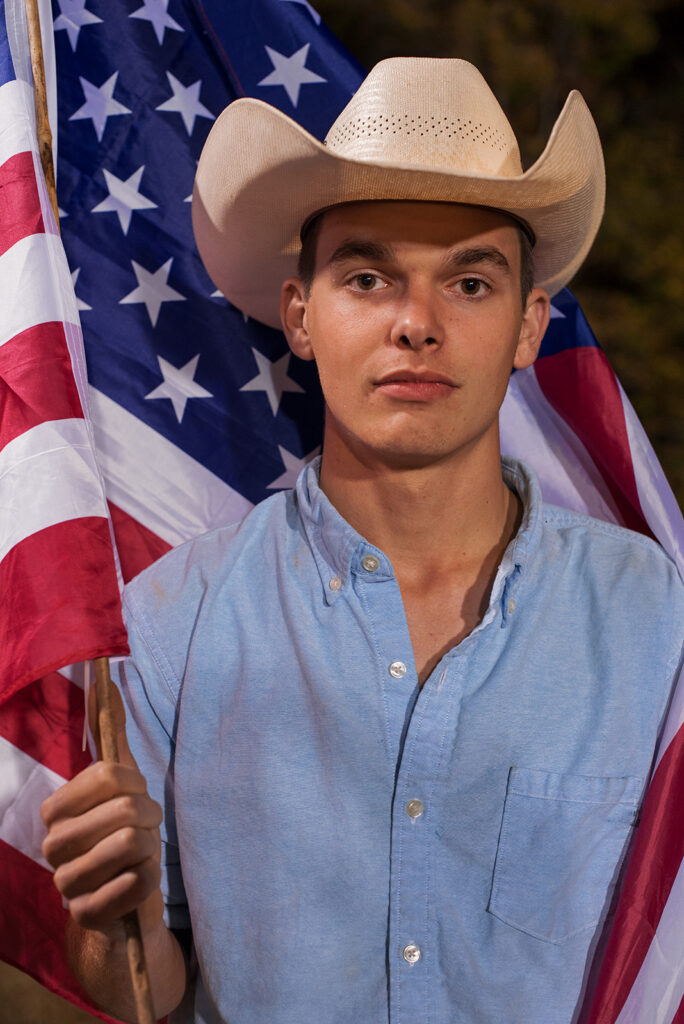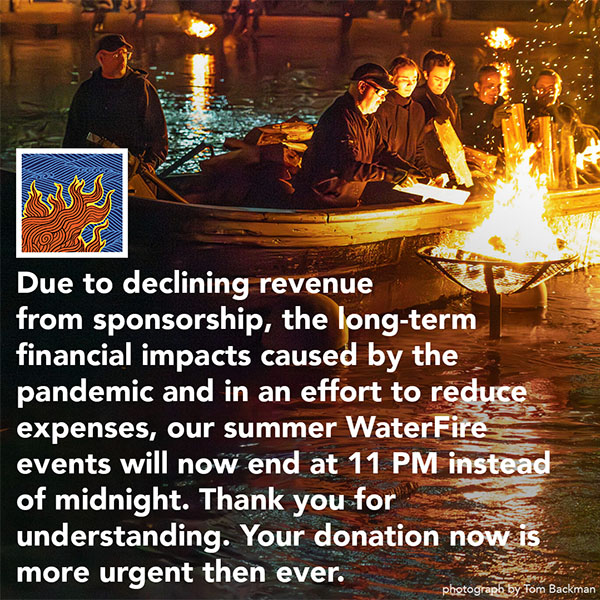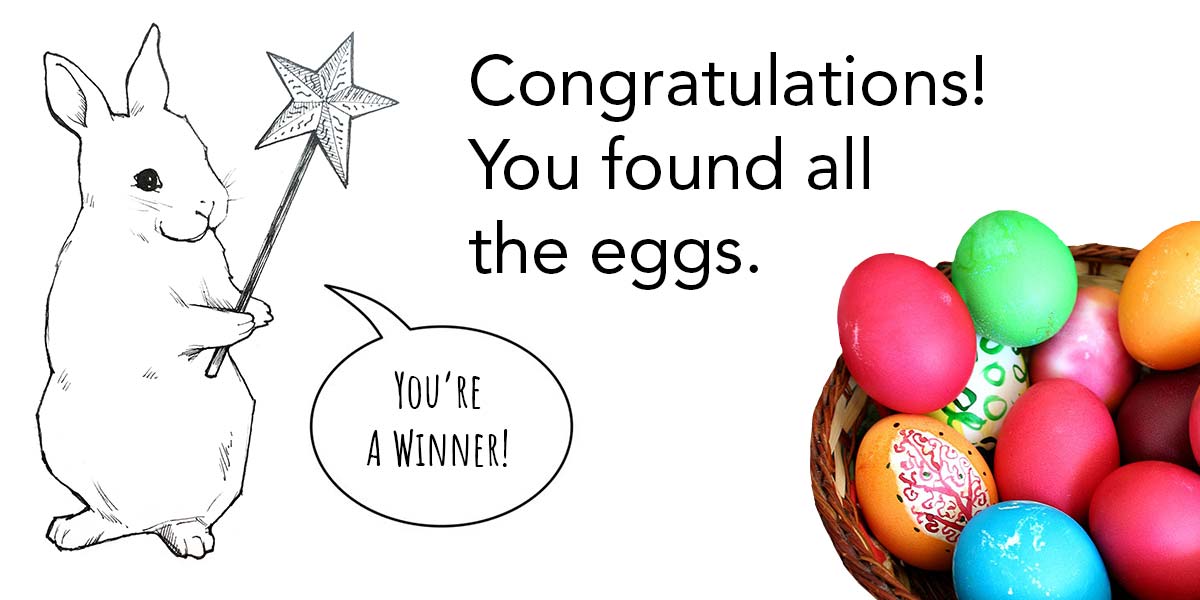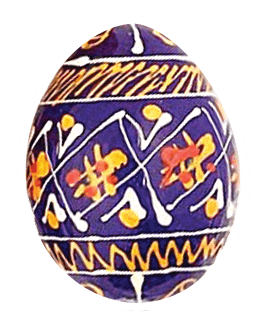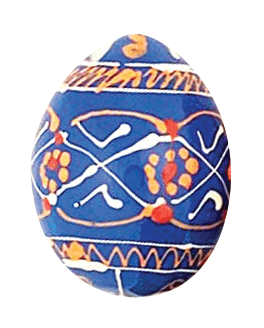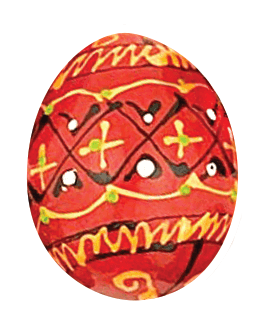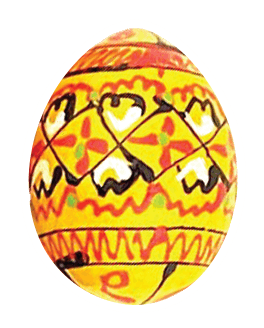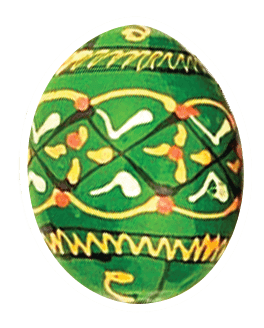The first time I began photographing in Newnan, Georgia, I was taken to the local high school’s homecoming football game. I’d been invited to Newnan by the head of a local artists residency, who had seen my portrait-banner installations in Massachusetts and Rhode Island. He told me he felt that he and other residents of the town lived in their own “little isolated bubbles,” and he felt that my work had the power to pierce those bubbles. After many emails, conversations, and a visit to Newnan, I began photographing in November of 2016.
As I carried my camera into the football arena I was nervous – nervous – beyond belief. Before then I had worked mainly in my hometown and other cities in my native New England, places that I felt I understood intimately. I had no idea how I would even scratch the surface of a town in the rural South, a region where I had experienced practically nothing.
On this night in 2016, Newnan High School was playing its county rival, East Coweta, and I was told that anyone I might want to meet from the area would be there. As soon as I stepped inside the stadium I saw a young man wearing a cowboy hat and holding an American flag. He was standing with some other young men, near where cheerleaders were performing. Everything about this youth seemed so iconic that I asked him if I could make his photograph. It was the first portrait that I made in Georgia – taking just a few frames, while his friends looked on, laughing.
The boy’s name was Trent. He told me that he was a member of ROTC, and that he’d be graduating from high school the following year and then entering the Army. He said that he’d wanted to join the Army since he was seven years old. I said that I’d like to show him a print of the portrait, and he agreed that I could visit him at home.
On the day we planned to meet, I drove to the address Trent had given me, in a subdivision north of town, and pulled in the driveway behind a pickup truck. The truck’s back window was decorated with stickers – one bearing two crossed rifles, a “Trump-Pence” decal, a U.S. Army insignia, and a Confederate flag.
While Trent looked over the photograph we’d made, I asked him why he’d been carrying the American flag at the football game. He said that he’d previously carried the Confederate flag at games. “My view of the Confederate flag,” he said, “is totally different than most people’s views, ’cause I don’t see it as a hate symbol or anything. I look at it as the historical point of view.” Inspired by a middle-school history teacher, Trent said that he had wanted to show that the Southern flag originated as a square battle flag in the Civil War – which he asserted was fought over states’ rights, more than slavery.
Trent’s freshman year in high school had been the 150th anniversary of the Battle of Gettysburg – “So I wanted to show my history,” he said, of carrying the Confederate flag. “But nobody saw it that way. They all saw it as a hate symbol.” A Black student called him “racist, cracker, bitch,” he said, and started a fight. Trent was asked by the school authorities to remove the flag; so at football games thereafter he carried the American flag instead.
Of the Confederate flag, he said, “There’s a small group of white supremacists that actually took that flag, made it into a rectangle, and used it during segregation time.” But Trent said that he was not one of those people. “That’s wrong,” he said, of white supremacy. “I don’t believe in that. I don’t believe anybody’s better than anybody else. We’re all Americans, and human. There’s no color to me. There’s a Black guy – he’s Black because he’s got more pigmentation than I do. That’s the only difference there is.”
As Trent and I talked that day, a frustration arose in me that would continue during my time in Newnan, and thereafter: I was struck by how we Americans persist in allowing room for only our own narrow versions of history – the Confederate flag as nothing more than military paraphernalia, for example – and ignoring the racial, emotional, and psychological realities that are lived by others. Trying to find a way to make space for, hold, and understand a multiplicity of those realities, then, would come to define my process in portraying the people of Newnan.
By the time I spoke with Trent again, in 2019, he had spent a year in the Army, first in South Korea then at Fort Bliss, in Texas. He had a fiancée from Korea, whom he planned to marry that year. Recalling our earlier conversation, he said, “Traveling outside of the country has changed the way I view things.” Of the Confederate flag, he said, “I don’t have it on my car anymore – I don’t put it out for everybody to see.” I asked him to explain why travel outside the country had changed the way he viewed things. He said that when he was in Korea he learned of the centuries-long animosity between the Korean people and their former occupiers, the Japanese. It had touched him, he said, to see “how they all work together, and they’ve worked through those differences.
“So,” he continued, “if I can take the Confederate flag out of my life, and work through the differences that we had, the racial divide in our country, I think it would be a better way to do it.” Trent said that he’d previously been resentful of having to put away his flag, but that he didn’t feel that way anymore. He didn’t want to trigger anyone’s anger again.
Trent said that he was now willing to admit that the Civil War was, after all, fought to protect the institution of slavery. As he spoke, I felt myself moved by his shifts in perspective, and was reminded of a Buddhist idea: that peace and enlightenment in society cannot happen all at once; they can happen only one heart at a time.
